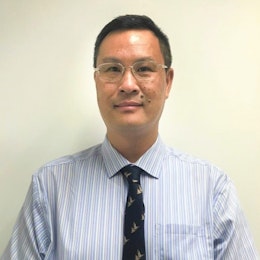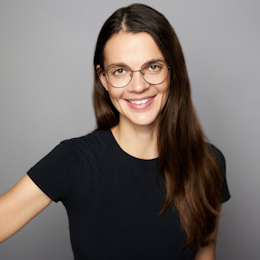SG 150/24
California has approved measures to regulate bisphenols in two categories of juvenile products. The restrictions will become effective on January 1, 2026.
In 2011, California enacted the Toxin-Free Infants and Toddlers Act (the Act) to restrict bisphenol A (BPA) to no more than 0.1 ppb in food contact bottles and cups for children aged three years or younger (AB 1319, Chapter 467). This Act was codified as Chapter 12 (commencing with Section 108940) to Part 3 of Division 104 of the Health and Safety Code (HSC).
On September 27, 2024, the governor of California signed signed SB 1266 (Chapter 790) into law to expand the existing ban on BPA in children’s food contact bottles and cups to any form of bisphenol in juvenile feeding bottles and juvenile sucking or teething products above the practical quantitation limit (PQL, as defined under 22 California Code of Regulations §69501.1(a)(52)), to be determined by the Department of Toxic Substances Control (DTSC).
According to the definitions in the new law, the two categories of juvenile products have the following meaning:
- Juvenile feeding products – consumer products designed or intended to be filled with liquid, food or beverage intended primarily for consumption from that bottle or cup by children younger than 12 years of age
- Juvenile sucking or teething products – consumer products designed or intended to help a child younger than 12 years of age with sucking or teething in order to facilitate sleep or relaxation
Highlights of a comparison between SB 1266 and the current state’s HSC Section 108940 are summarized in Table 1.
| SB 1266 to amend Health and Safety Code Section 108940 | Health and Safety Code Section 108940 | |
| Scope |
|
|
| Substance | Bisphenols | Bisphenol A |
| Requirement | ≤ PQL, to be determined by DTSC1 | ≤ 0.1 ppb |
| Effective date | January 1, 2026 | July 2013 |
| 1DTSC may also establish standards that are more protective of public health, sensitive populations, or the environment | ||
Table 1
Childcare equipment and children’s furniture must meet strict safety, quality and performance requirements. With a global network of experts and laboratories, SGS can address the testing, inspection, risk assessment and technical documentation requirements for products, as well as conduct factory and social audits to ensure your supply chain is compliant too. Contact us for more information or visit our website. In the end, it’s only trusted because it’s tested.
© SGS Société Générale de Surveillance SA. This publication or website is a property of SGS Société Générale de Surveillance SA. All contents including website designs, text, and graphics contained herein are owned by or licensed to SGS Société Générale de Surveillance SA. The information provided is for technical and general information purposes only and offers no legal advice. The information is no substitute for professional legal advice to ensure compliance with the applicable laws and regulations. All information is provided in good faith “as is”, and SGS Société Générale de Surveillance SA makes no representation or warranty of any kind, express or implied, and does not warrant that the information will be error-free or meet any particular criteria of performance or quality.
3/F Alegria Bldg.,
2229 Chino Roces Avenue, 1231,
Makati, Metro Manila, Philippines






